saxshooter
Well-known
I've got an RD-1 (love it) and am on the fence with getting a Leica M8.
For owners of both cameras, could someone post test pictures (or links to full res pictures) of the SAME subject/scene shot with the same lens on both bodies -- the M8 at 1250 and the RD-1 at 1600?
I've read that with the latest firmware the M8 is much better at 1250 ASA and am curious.
If this has been done already elsewhere, I apologize for asking and please point me in the right direction.
Thanks.
For owners of both cameras, could someone post test pictures (or links to full res pictures) of the SAME subject/scene shot with the same lens on both bodies -- the M8 at 1250 and the RD-1 at 1600?
I've read that with the latest firmware the M8 is much better at 1250 ASA and am curious.
If this has been done already elsewhere, I apologize for asking and please point me in the right direction.
Thanks.








